Still Life with Precious Objects, Brocade Fabrics and a Plate of Sweets
c. 1650/1660
Oil on canvas, 96 x 130 cm
In frame 115 x 150 cm.
If you would like to learn more about the artist, we recommend consulting the essay:
“Still Life Painters in Rome. Italian Artists, 1630-1750” - Gianluca and Ulisse Bocchi - 2005
Full details of the work (click HERE)
The large size of the canvas is typical of the Roman format known as “tela da imperatore” (emperor's canvas), a Baroque term used to describe canvases measuring approximately 130 x 90 cm.
The painting is the work of the Roman painter Antonio Tibaldi, whose compositions were highly successful in Baroque Rome thanks to his particular attention to the rendering of the precious details of the objects depicted, which make each of his works particularly valuable and elegant.
He worked at the same time as Carlo Manieri, with whom he shared some of his exhibition techniques, but while the latter lingered on the description of elaborate architectural structures, Tibaldi showed a more pronounced tendency to saturate spaces and backgrounds closed by heavy drapery, in accordance with the fashion imposed by Francesco Maltese.
By way of comparison, in support of our attribution, it is worth mentioning the two “Still lifes with brocades and goldsmith's objects” preserved at the Musée Fresch in Ajaccio, France (fig. 1 - https://www.musee-fesch.com/tag/antonio-tibaldi ), commissioned around 1650 in Rome by Cardinal Fresch, which have more than one competitive element that we see repeated in the canvas proposed here.
The pair of “Still lifes with casket, sweets and precious objects”, correctly attributed to Tibaldi and sold on the Milanese antiques market in 1987 (fig. 2 - Finarte, Milan, 6-7 May 1987, lots 246 and 247, as F. Fieravino) are also almost identical to ours. In one of the two canvases, on the important chiselled casket, there is a heraldic emblem with three bees, testifying to the commission by the Barberini family.
This testifies to the fact that Antonio Tibaldi enjoyed considerable esteem among a Roman patriciate particularly inclined towards these pompous depictions, working for the most powerful Roman families: among his most influential patrons, in addition to the Barberini (Pope Urban VIII), we know that there were also the Chigi (Pope Alexander VII) and the Colonna families.
Our painting also features a coat of arms, although it is difficult to interpret (near the base of the embossed golden metal vase), with a rampant lion in an oval shield surmounted by a crown.
Tibaldi's artistic production is characterised by a series of recurring motifs, which we also find in our work: among these is the tendency to fill the pictorial space as much as possible by placing carpets or damask fabrics on stone tables decorated with Renaissance motifs. But also the typical sugared sweets, here arranged on a silver plate: these are biscuits and candied fruit, which Tibaldi rendered in a highly personal and distinctive way, giving them a “spongy” texture. We can find the same sweets, as well as in the works mentioned above, in “Still Life with Carpet, Plate of Candied Citrus Fruit and Sweets...” sold at Christie's in London (fig. 3 - 8-9 December 1994, no. 379) https://catalogo.fondazionezeri.unibo.it/scheda/opera/88018/ .
ADDITIONAL INFORMATION:
The work sold is complete with a pleasant frame and comes with a certificate of authenticity and guarantee.
We take care of and organise the transport of purchased works, both in Italy and abroad, through professional and insured carriers. It is also possible to view the painting in our gallery in Riva del Garda, where we will be delighted to welcome you and show you our collection of works.
Please contact us, without obligation, for any further information.
Follow us on:
INSTAGRAM https://www.instagram.com/galleriacastelbarco/?hl=it
FACEBOOK https://www.facebook.com/galleriacastelbarco/


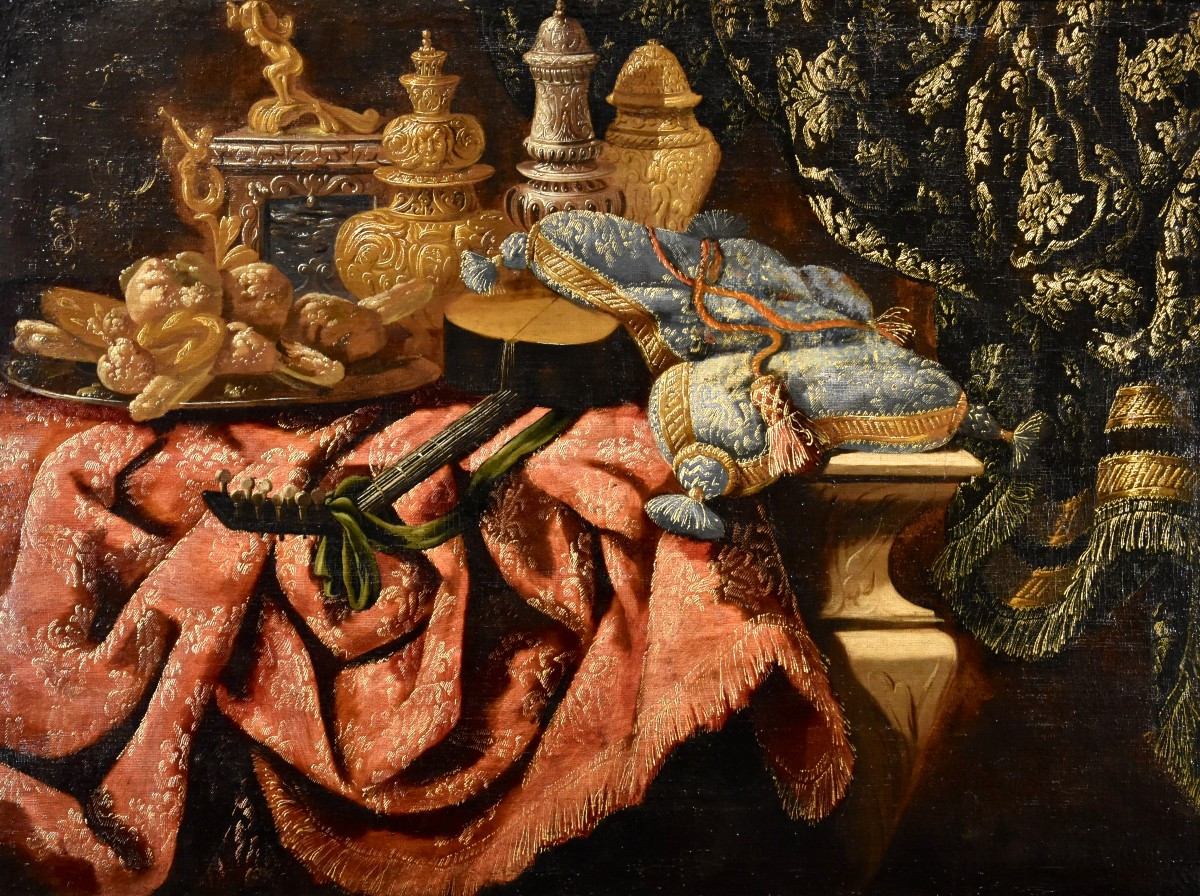
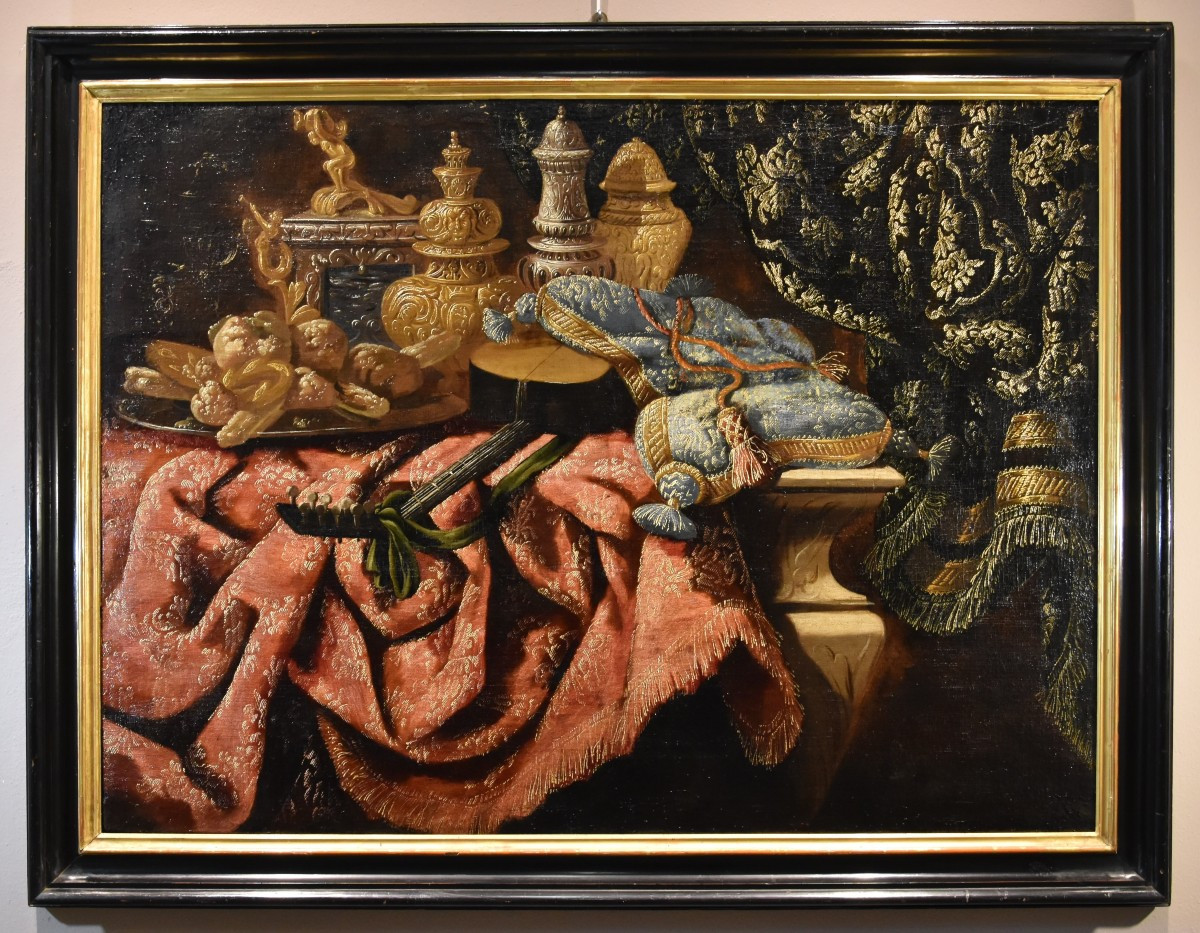
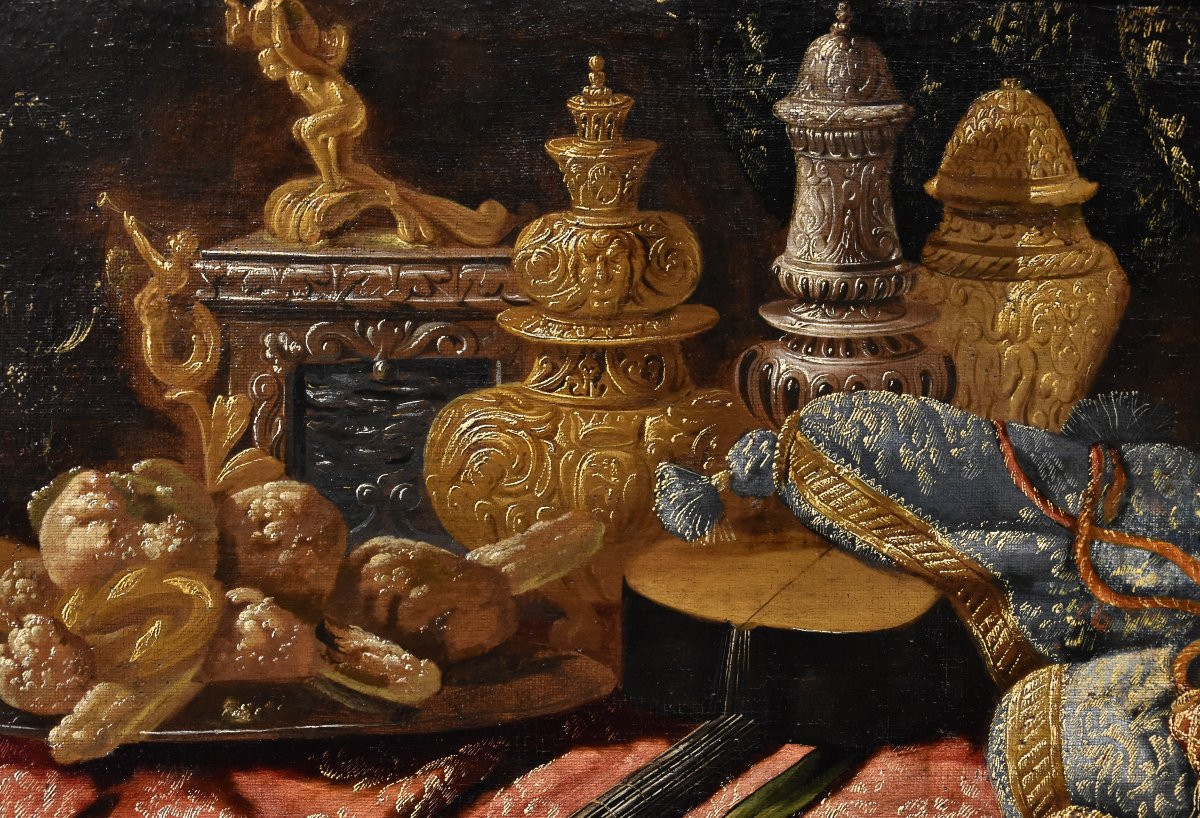

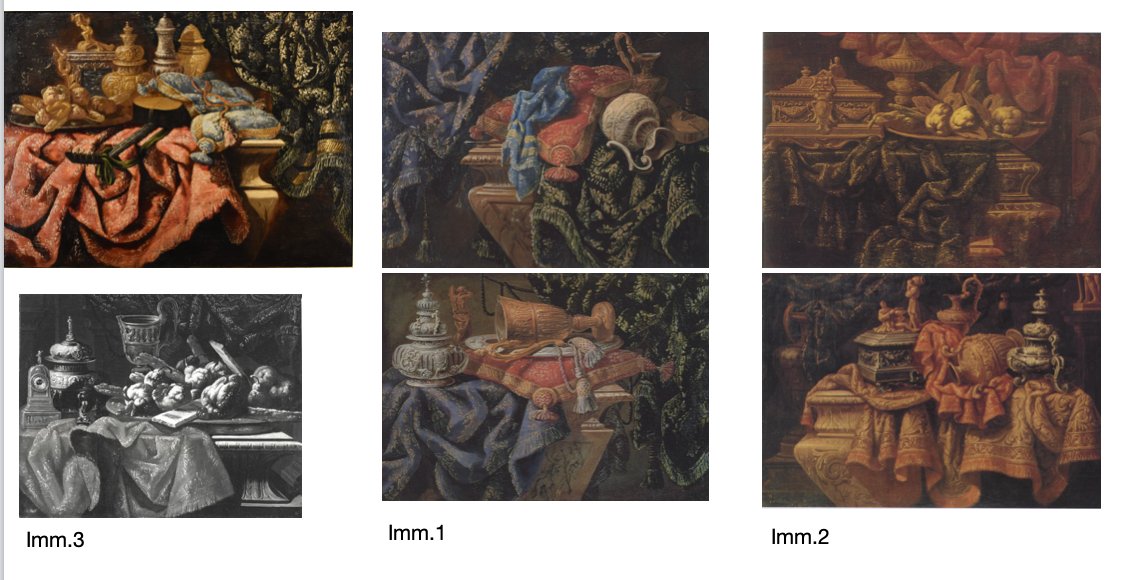
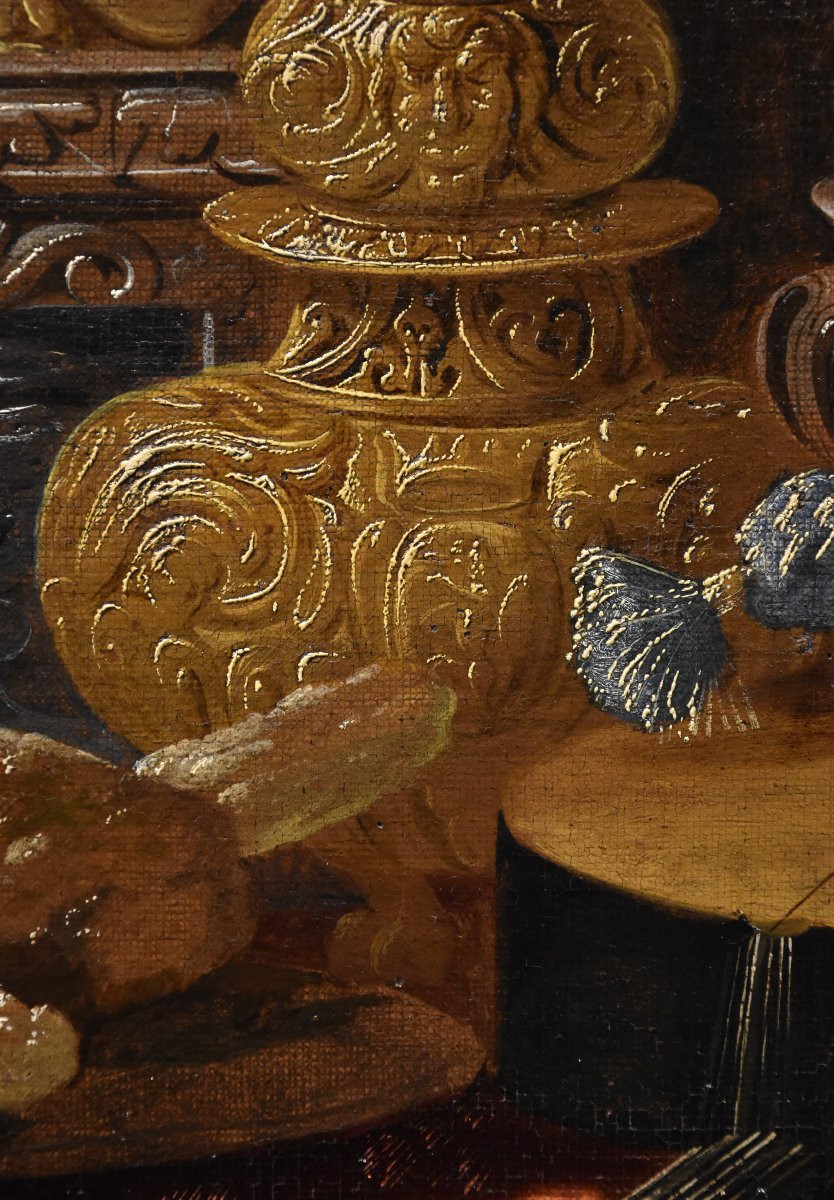
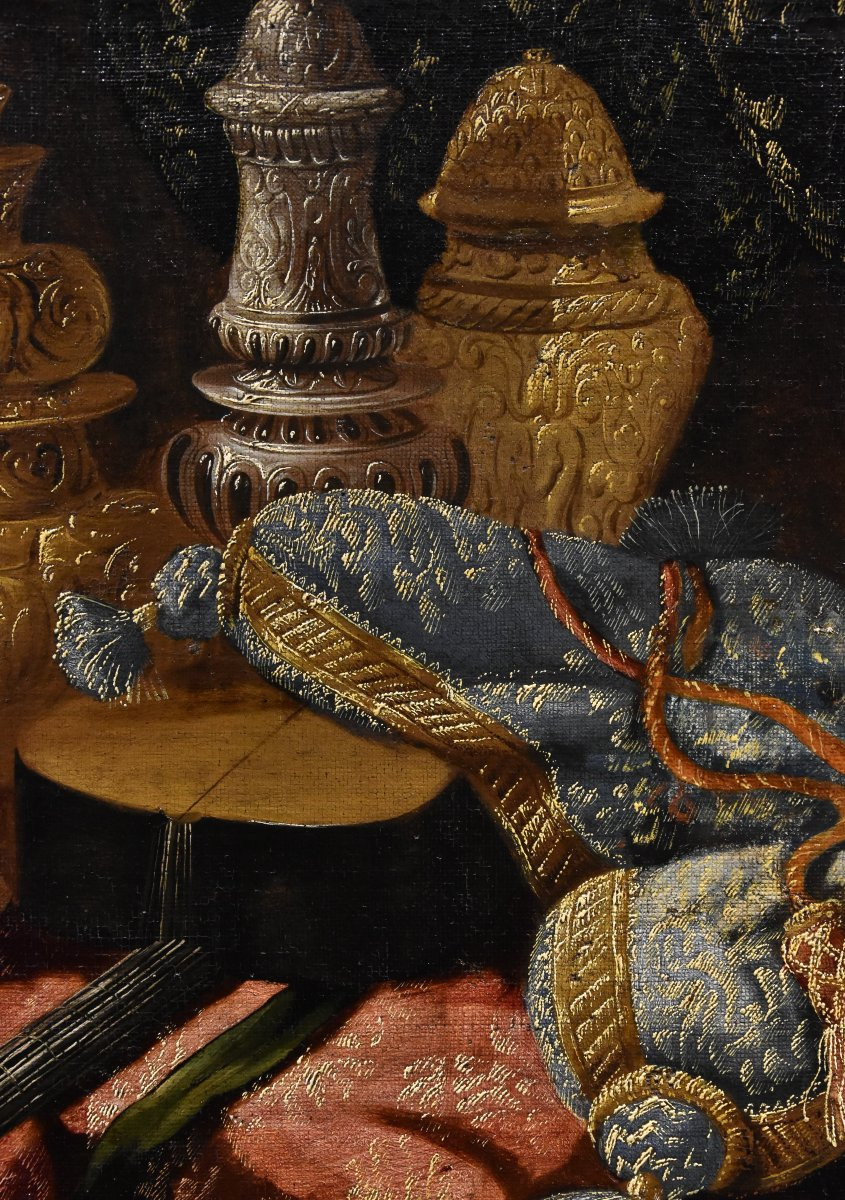
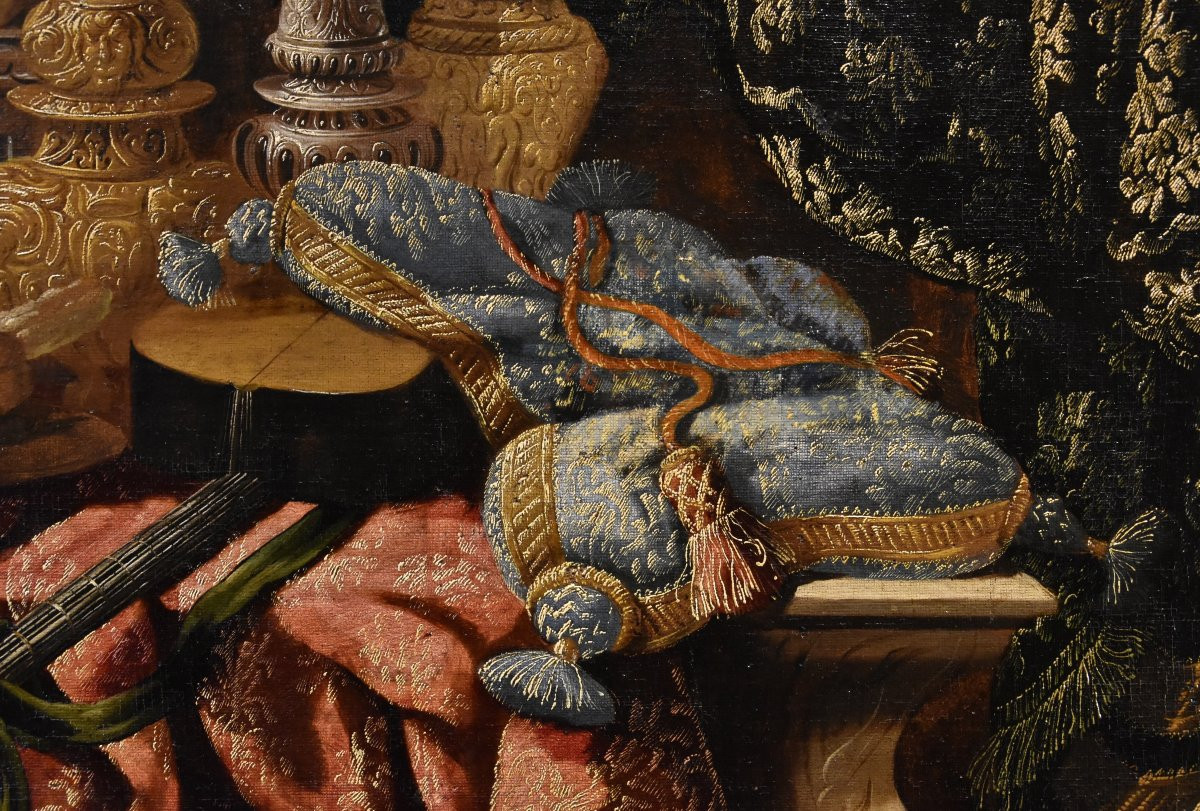

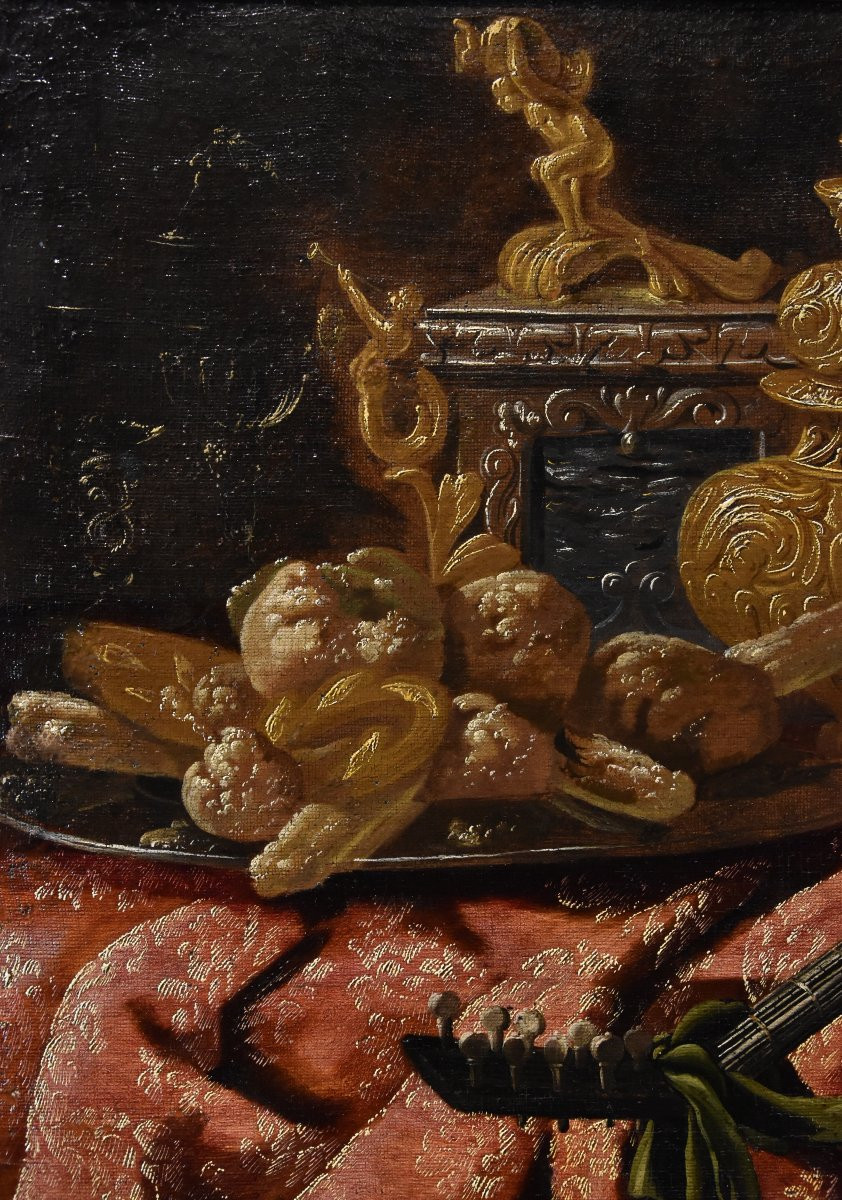


















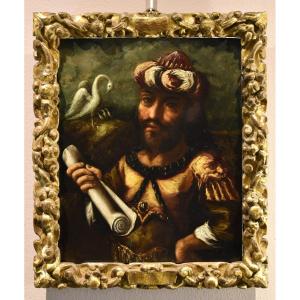


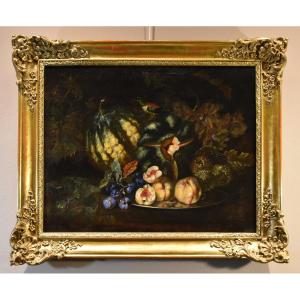




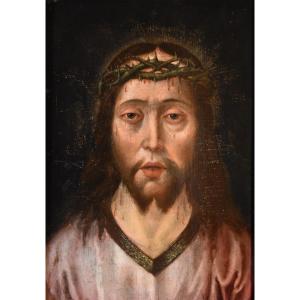



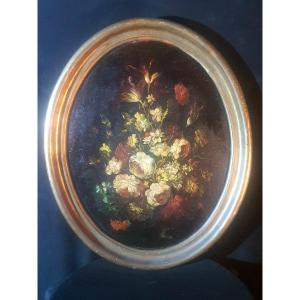







 Le Magazine de PROANTIC
Le Magazine de PROANTIC TRÉSORS Magazine
TRÉSORS Magazine Rivista Artiquariato
Rivista Artiquariato